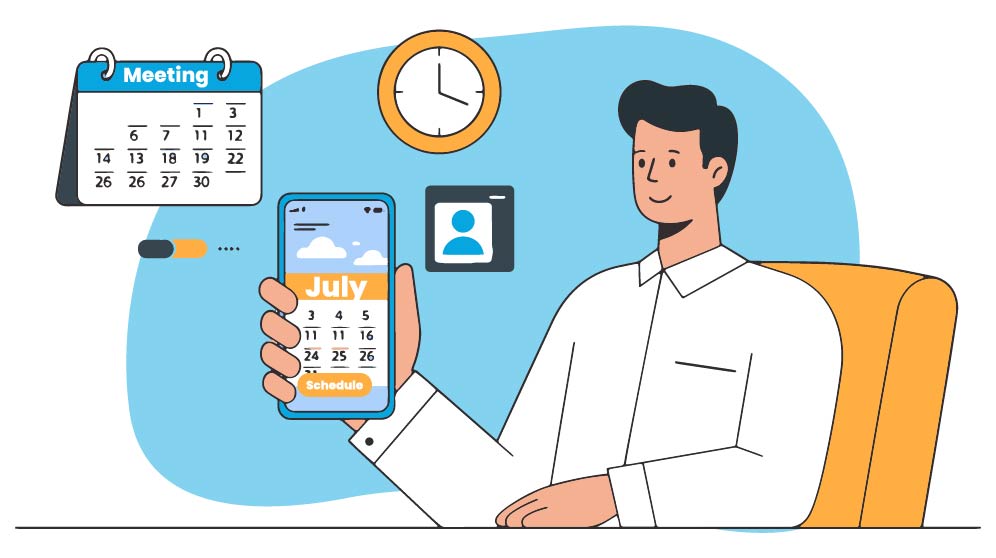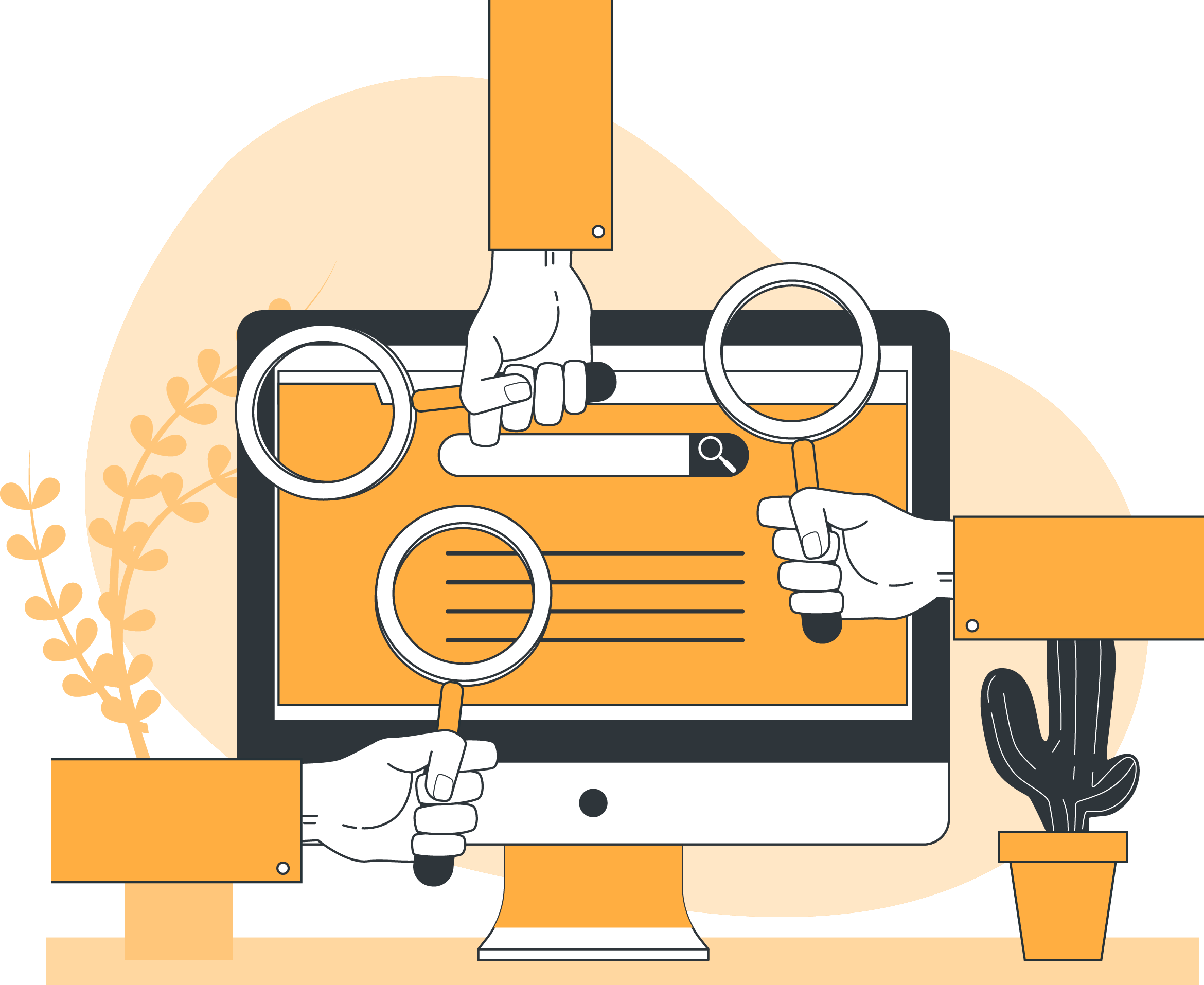Learning Management System
Manages and delivers educational courses with tracking and administrative tools
Transform your learning environment with our comprehensive white-label LMS solution that puts your brand first. We provide an all-in-one platform that seamlessly integrates with your domain while offering enterprise-grade scalability.
- Key Capabilities:
- Live Sessions & Interactive Learning – Engage learners in real-time
- Content Management & Security – Full control over your educational content
- Comprehensive Assessment Tools – Track progress through assignments, surveys, and grading
- Digital Resource Hub – Centralized access to video lectures, digital books, and learning materials
Our platform adapts to your growth, ensuring a consistent learning experience whether you’re teaching 10 or 10,000 students.
Elevate learning engagement with our cutting-edge features designed to make education interactive and enjoyable. Our platform goes beyond traditional LMS capabilities.
- Advanced Interactive Tools:
- Smart Video Learning – Interactive hotspots, in-video quizzes, and timestamped discussions
- Gamification Suite – Custom badges, achievement points, and dynamic leaderboards
- Learning Paths – Personalized learning journeys with adaptive progression
- Integration Hub – Seamlessly incorporate external events, webinars, and third-party content
- Engagement Features:
- Progress tracking with visual dashboards
- Interactive Games – Crosswords, Hangman, and Millionaire Quiz formats
- Case Study Simulations – Real-world scenario practice
- Process Flow Animations – Visual learning experiences
Our LMS platform powers diverse learning scenarios across organizations, delivering measurable results in multiple training contexts.
- Corporate Training Excellence:
- Employee Onboarding – Streamline new hire integration with structured learning paths
- Skills Development – Comprehensive soft skills and technical training programs
- Compliance Training – Automated regulatory compliance tracking and certification
- SOP Management – Interactive standard operating procedures training
- Software Training – Step-by-step tutorials for tools and applications
Additional Applications:
- Sales Enablement – Product knowledge and sales technique training
- Customer Education – Client onboarding and product training programs
- Partner Certification – Standardized training for business partners
- Professional Development – Continuous learning and career advancement paths
Stand out with a complete learning solution that goes beyond just a platform. We deliver a fully customized learning ecosystem tailored to your brand and business needs.
- Why We’re Different:
- Complete White Label Solution – Your brand, your domain, your learning environment
- Enterprise-Grade Platform – Scalable, secure, and feature-rich LMS tailored to your growth
- Advanced Engagement Tools – Interactive content, gamification, and smart learning paths
- Full-Service Support – Expert content development services to bring your training vision to life
The Learning Hub Advantage:
- Complete solution provider offering both cutting-edge technology and professional content development services – everything you need for learning success in one place.
Product Features

Live Session
Ability to allow teachers and trainers to conduct live session

Video Lectures

Quizzes

Questionnaires

Digital Books

Assignments

Interactive Videos

Engaging Content

Digital Certificate

Gamification

Secure Video

Learning Analytics
Ready to Explore Further?
Connect with Us: Understand how our team can add value to your business!


